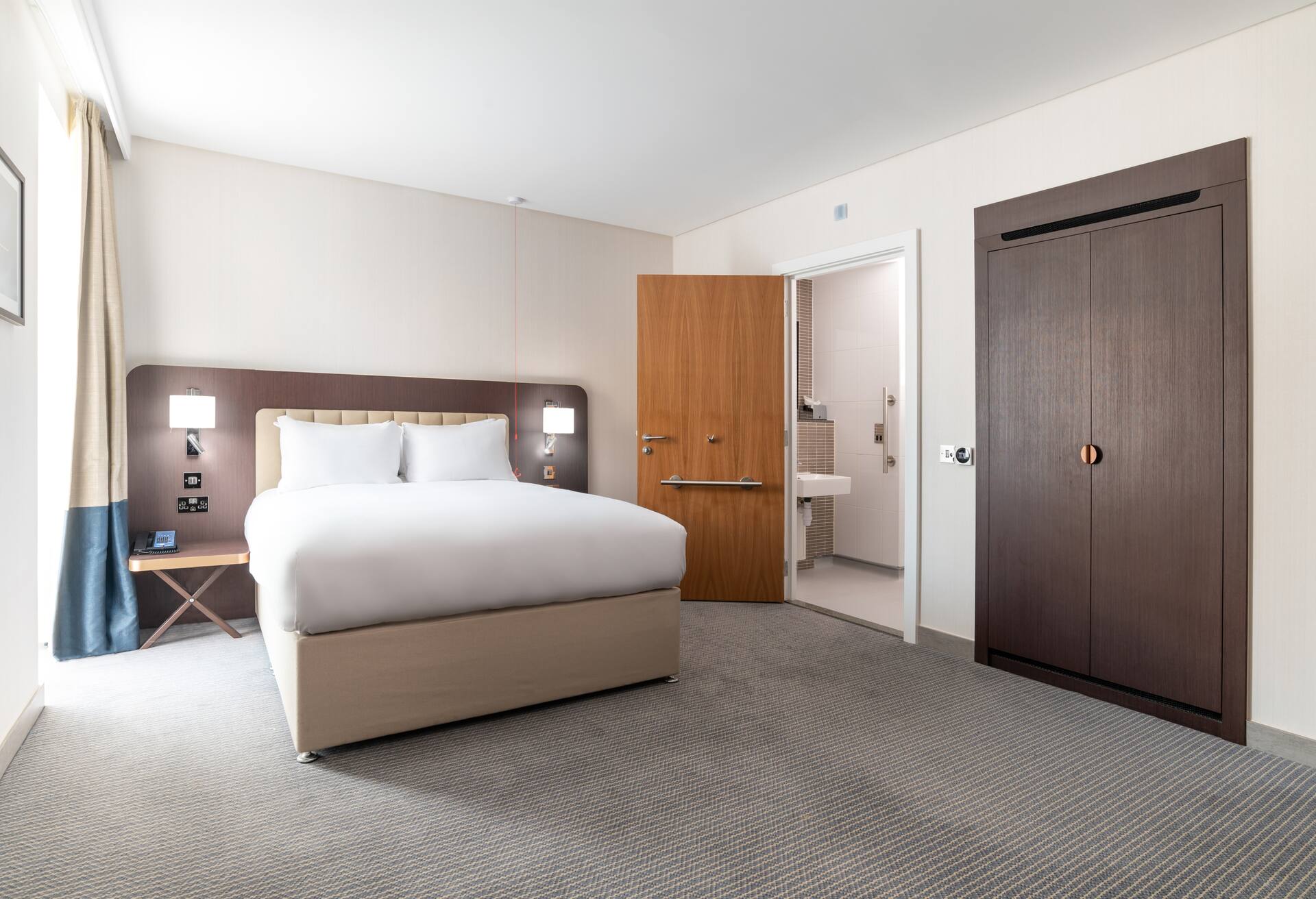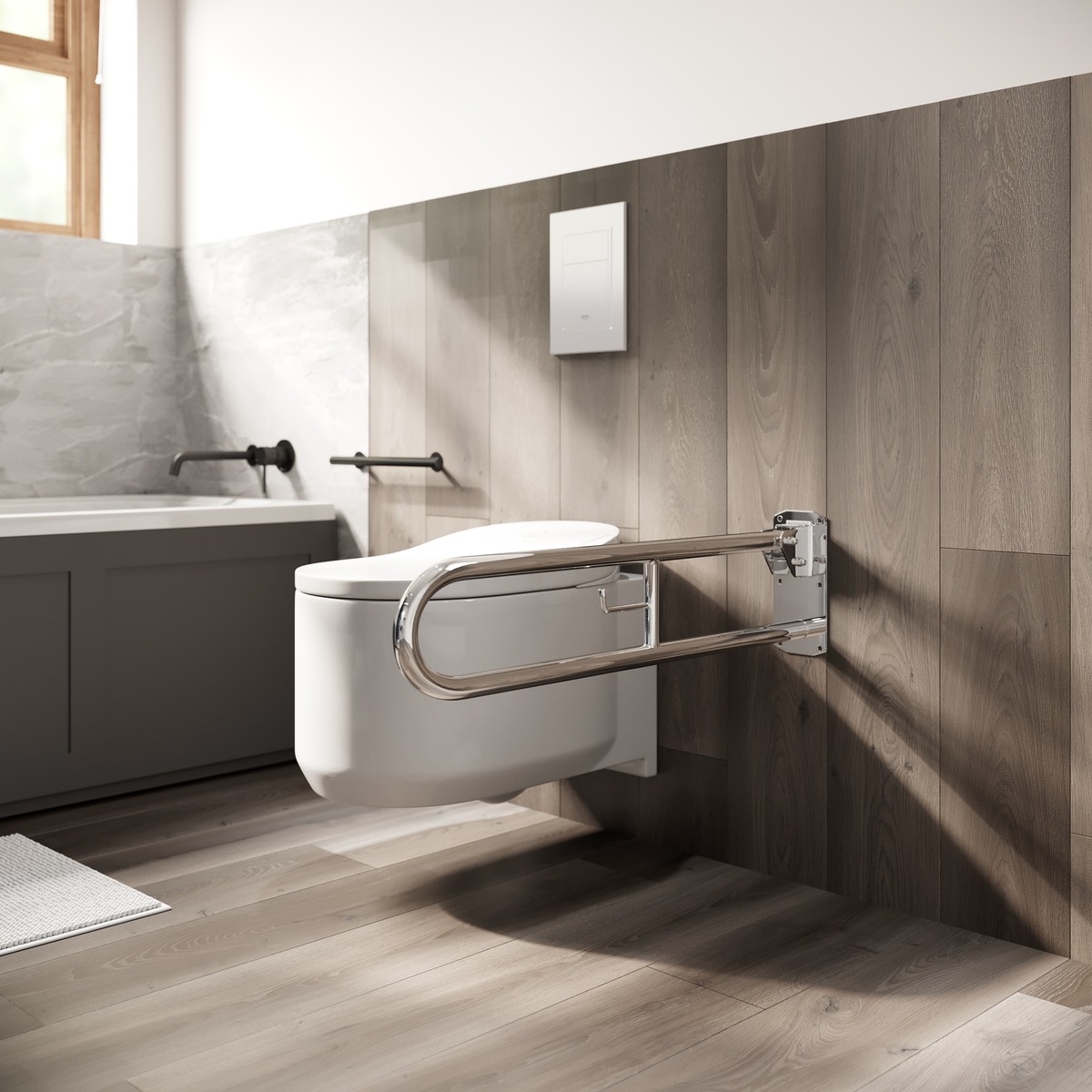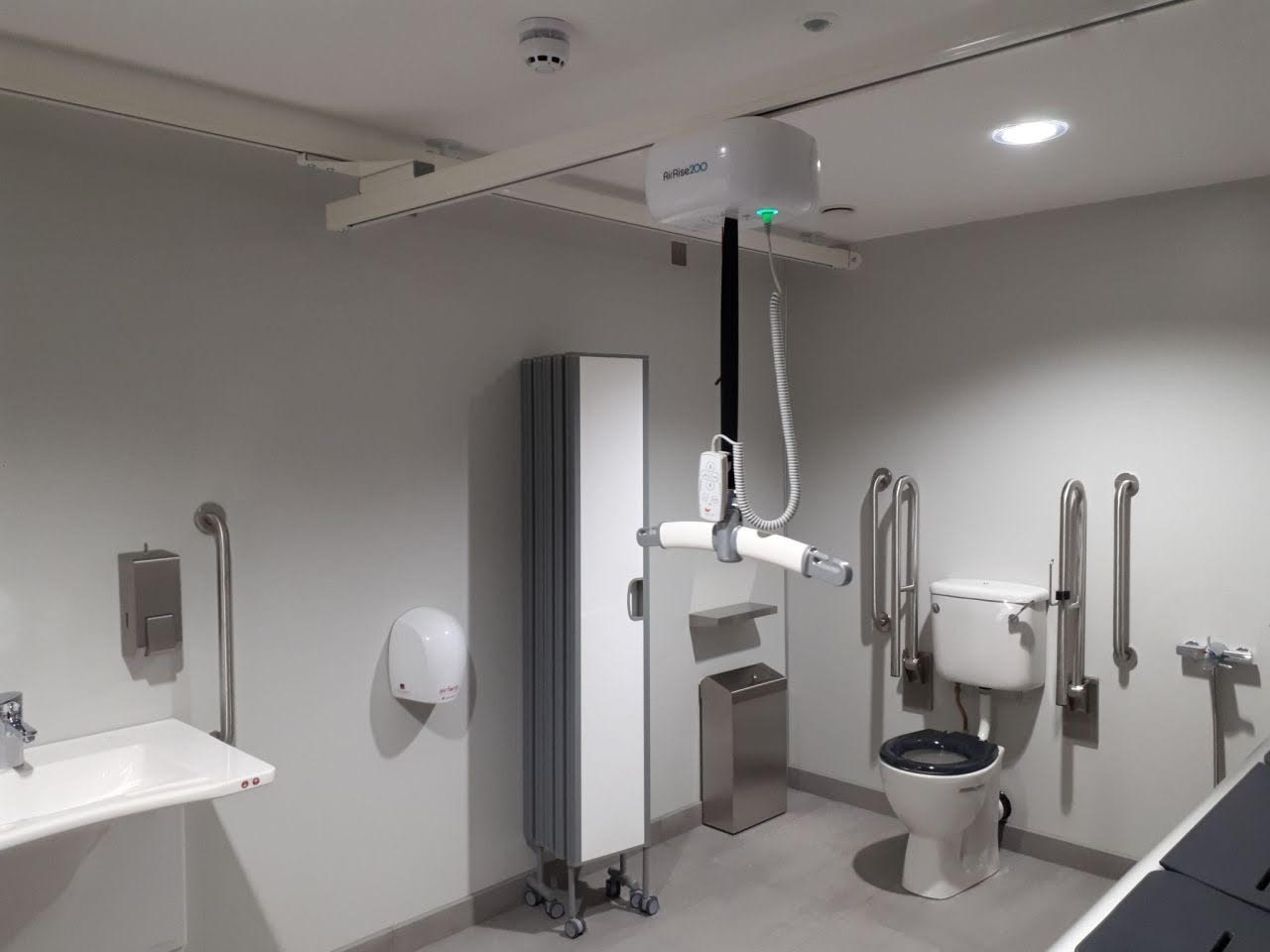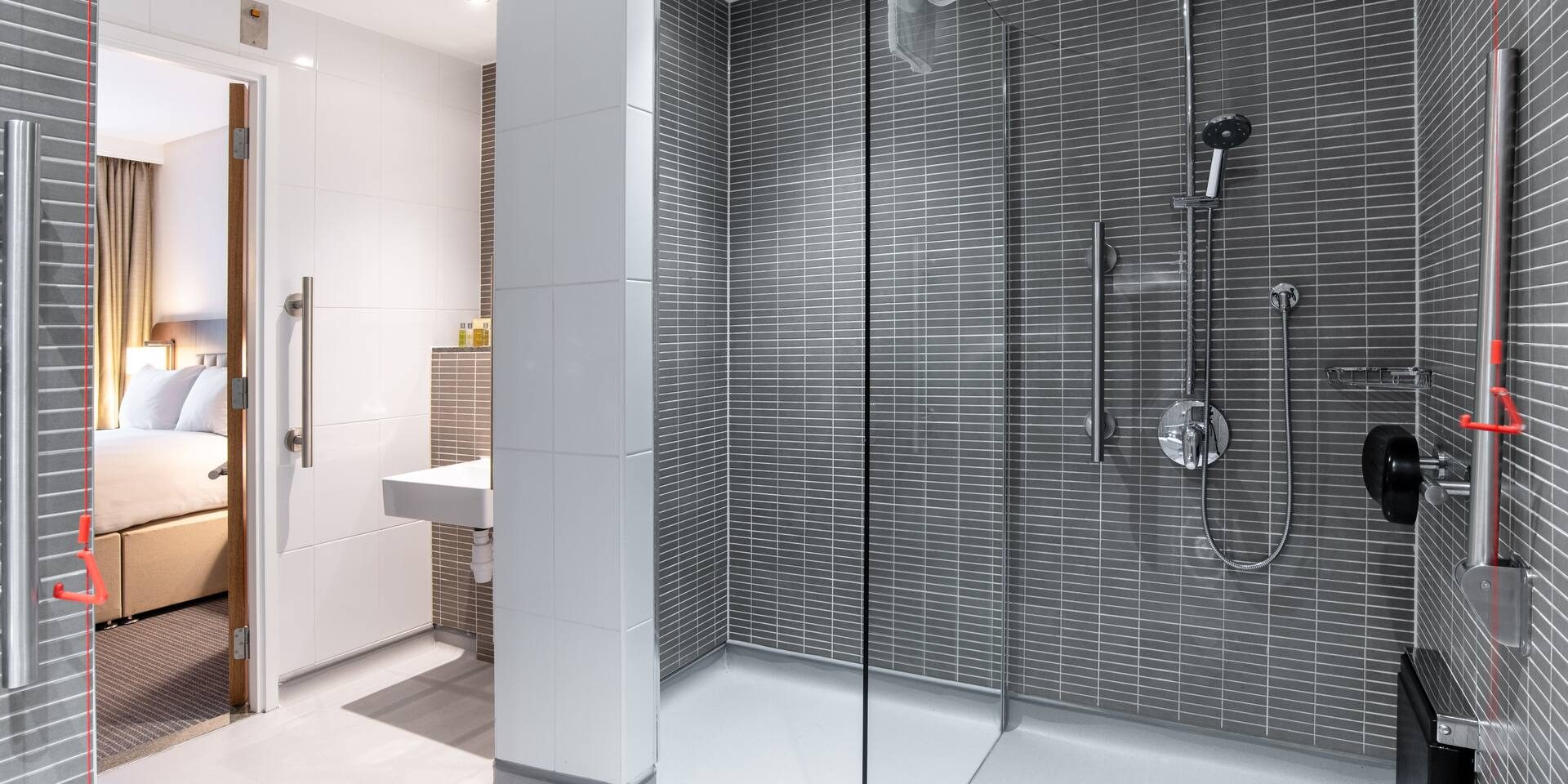If you’re involved with designing, specifying, supplying or installing accessible facilities, you’ll be familiar with the two main sets of accessibility standards that apply in the UK – namely Doc M and BS8300.
But if you’re new to the world of accessible design, it can be difficult to understand the differences between these standards and also where they intersect.
At NYMAS Group, a large proportion of our business relates to new building projects and major refurbishments so we’re often called upon to help our customers understand their obligations around compliance for both public and private sector projects.
In this blog, we’ll take a closer look at these two sets of guidance, explaining how they differ, and how they work together to ensure buildings are accessible for everyone.

What is Document M (Doc M)?
Doc M, Approved Document M or Part M of the Building Regulations – all this terminology refers to the same piece of legislation that specifically sets out the baseline standard all buildings MUST comply with in order to be signed off as fit for purpose.
Doc M is only one part of a larger collection of approved documents, provided to maintain consistency in construction industry standards. It is a legal requirement that all stakeholders from designers to installers have to comply with.
It is important to note that Doc M as referred to here ONLY applies to England. Wales, Scotland and Northern Ireland all have their own version of the Building Regulations and their own standards around accessibility, with the autonomy to apply these in different ways.
What buildings does Doc M apply to?
The guidance in Doc M is divided up depending on the type of building being constructed, refurbished or adapted. There are separate guidelines for:
- Dwellings (e.g. houses and flats)
- Other (including nursing homes & student accommodation as well as hotels, schools, hospitals and any building that might be visited by the public)
Doc M refers to the ‘access to and use of buildings’ and therefore it sets out the minimum standard that is acceptable when it comes to making sure a person can approach, enter, use and leave a building safely and independently, regardless of their physical ability. This includes, but is not exclusive to, the provision of accessible toilet facilities.
Find out more about Doc M and disabled toilets here.

What is British Standard 8300 (BS 8300)?
BS 8300 is a British Code of Practice pertaining to the design, construction and maintenance of buildings. It defines the best practices to create accessible and inclusive environments for everyone, particularly the disabled, elderly and those with mobility issues.
BS 8300 is divided into two parts, each one relevant to a different aspect of building design:
- BS 8300-1 relates to external environments on the approach to buildings, for example car parks and access routes
- BS 8300-2 relates to buildings themselves – the internal layouts, dimensions and facilities that can make a building accessible (or not)
How does BS 8300 differ from Doc M?
BS 8300 is different from Doc M in a number of ways:
- BS 8300 doesn’t apply to individual dwellings or to residential building specifically designed to house or care for people with complex or multiple disabilities – this is because BS 8300 was developed to promote accessibility for the widest possible range of physical needs. Where those needs are complex and very specific, it’s recognized that a tailored, case-by-case approach is needed.
- Unlike Doc M, BS 8300 is not legally binding – rather it is a set of best practice guidelines.
- BS 8300 applies to the whole of the UK, not just England.

Why do we need BS 8300 as well as Doc M?
BS 8300 is a standard developed to promote inclusivity and accessibility for a wide range of building users. It goes beyond the minimum standards set out by Doc M, and models an ‘ideal world’ scenario that may not always be practical or possible to achieve on every construction or refurbishment project.
However, it serves as an important benchmark that promotes consistent accessibility throughout the built environment and encourages stakeholders to go beyond the minimum standard when possible.
Over time, ‘best practice’ guidelines set out by BS8300 can be adopted as legal requirements and incorporated into Doc M – an example of this is the relatively recent requirement for all new public buildings with capacity for 350 or more people to have a Changing Places toilet installed.
For more about BS8300 click here – or if you have any further queries about accessibility and your obligations around disabled toilet facilities, simply contact our knowledgeable team.
